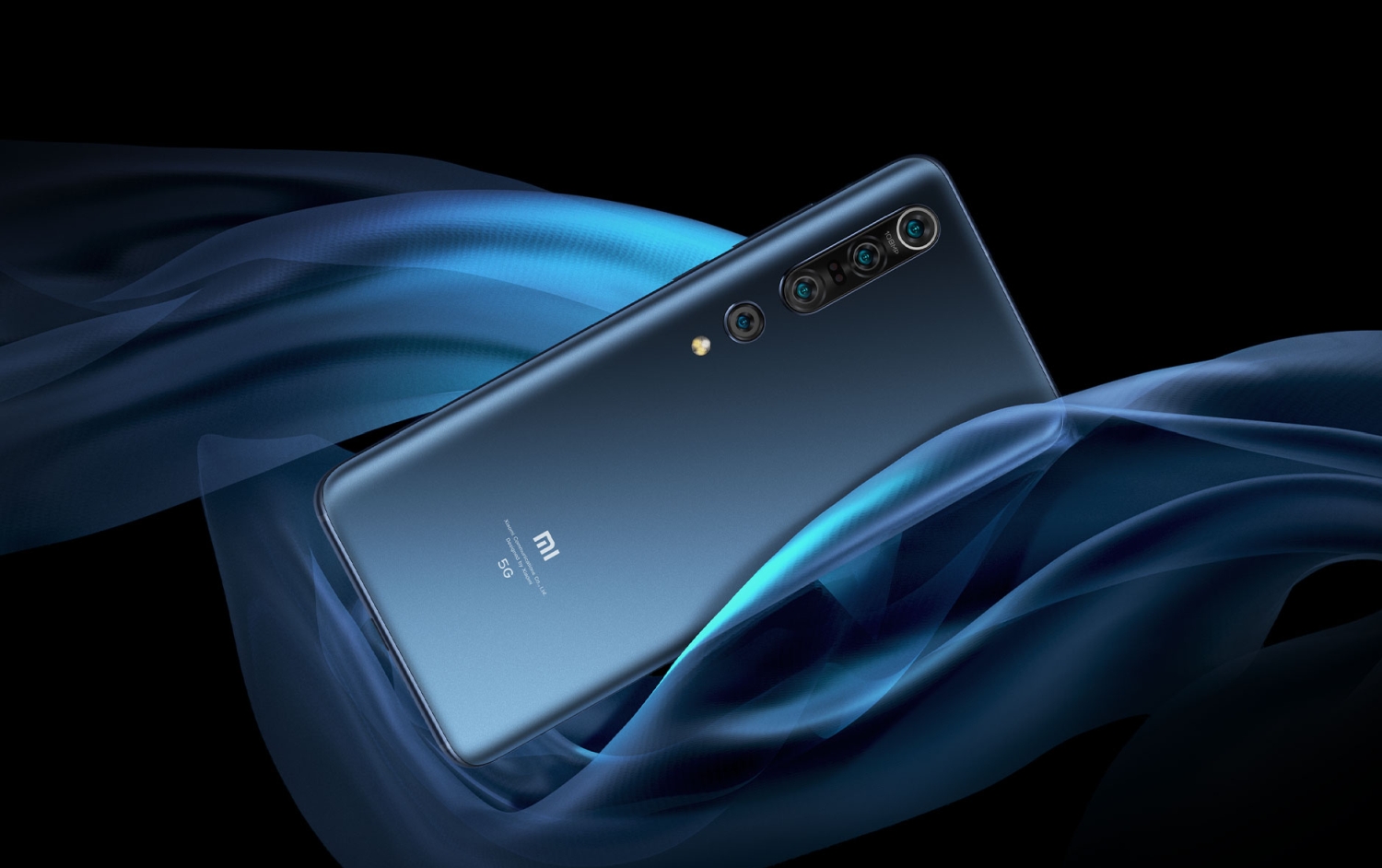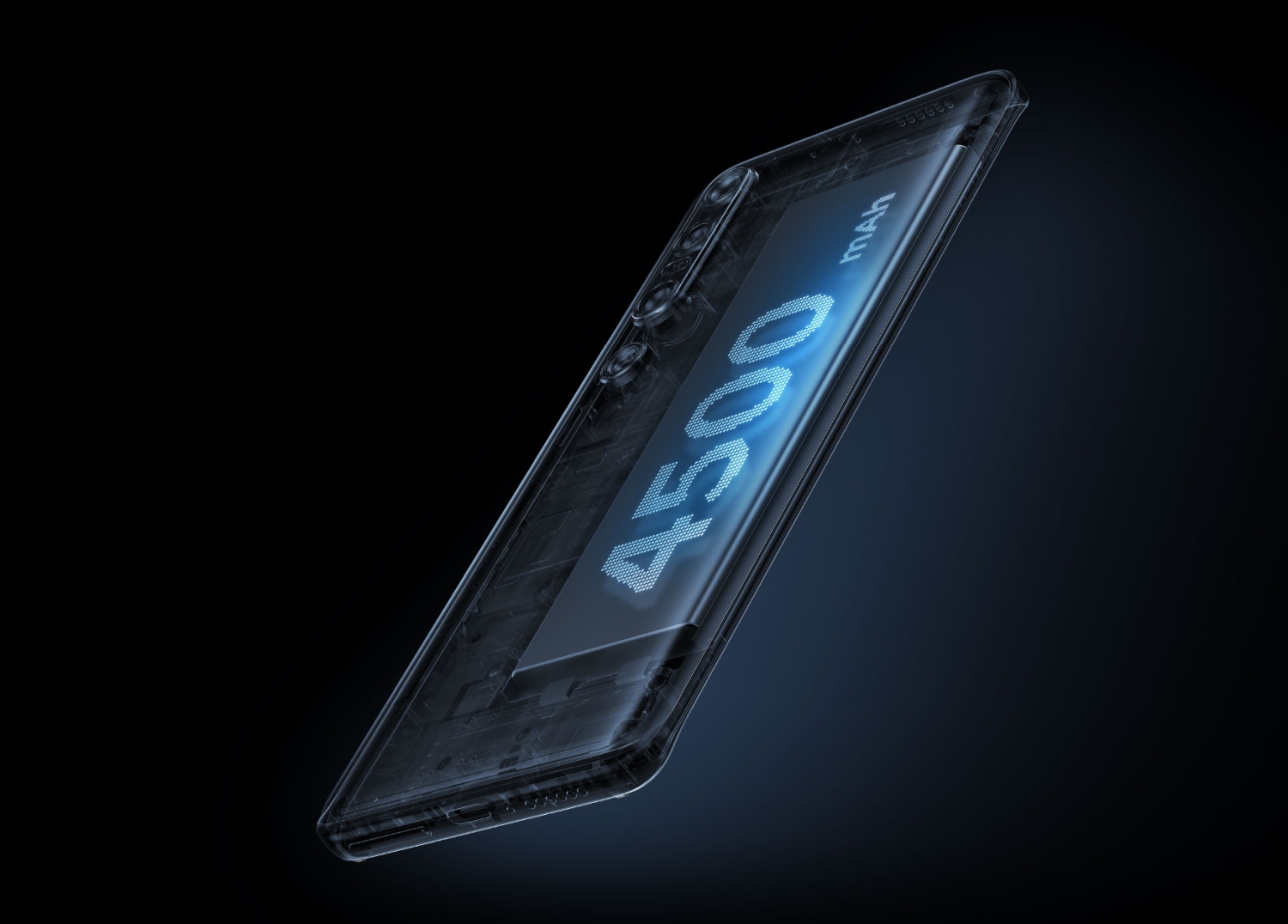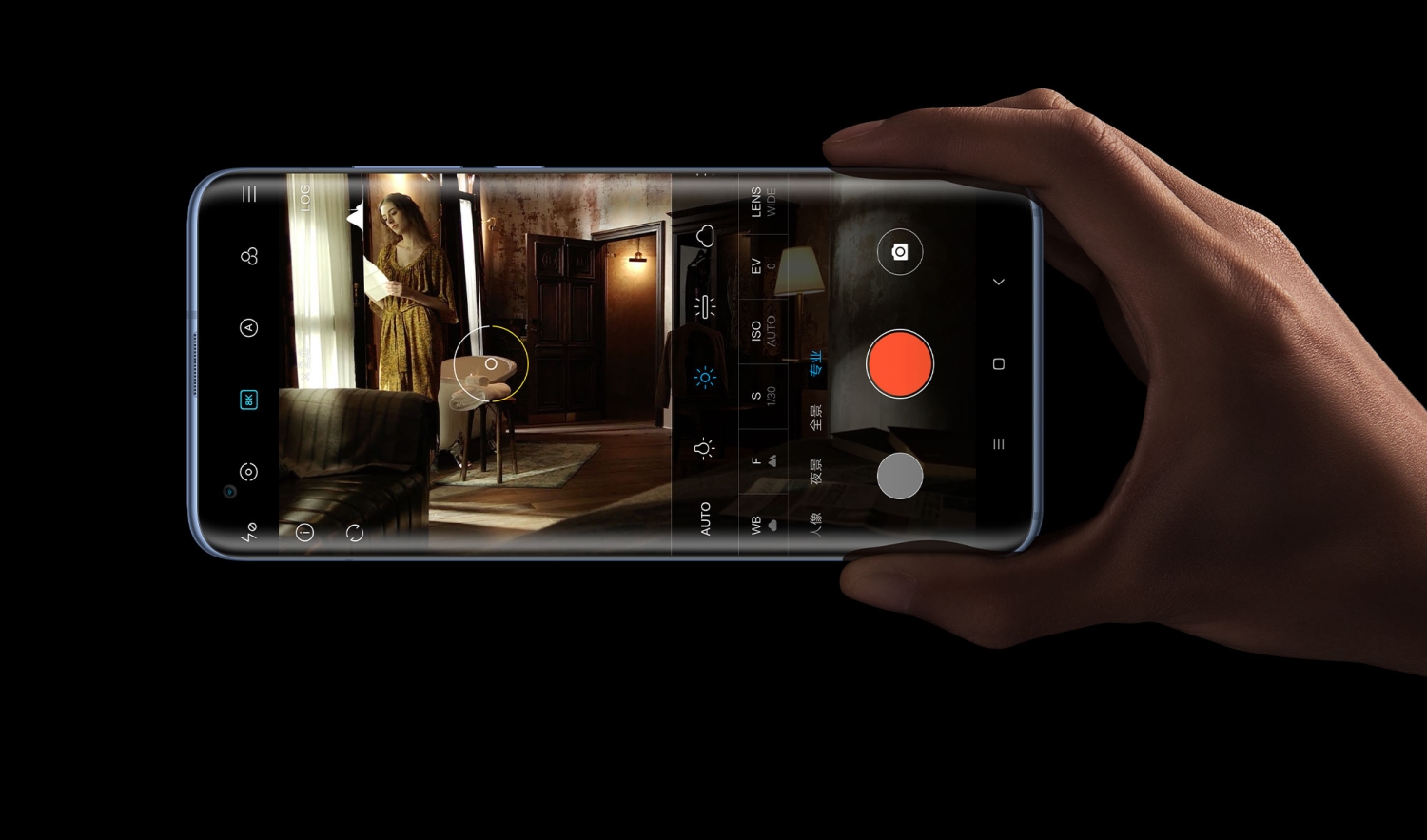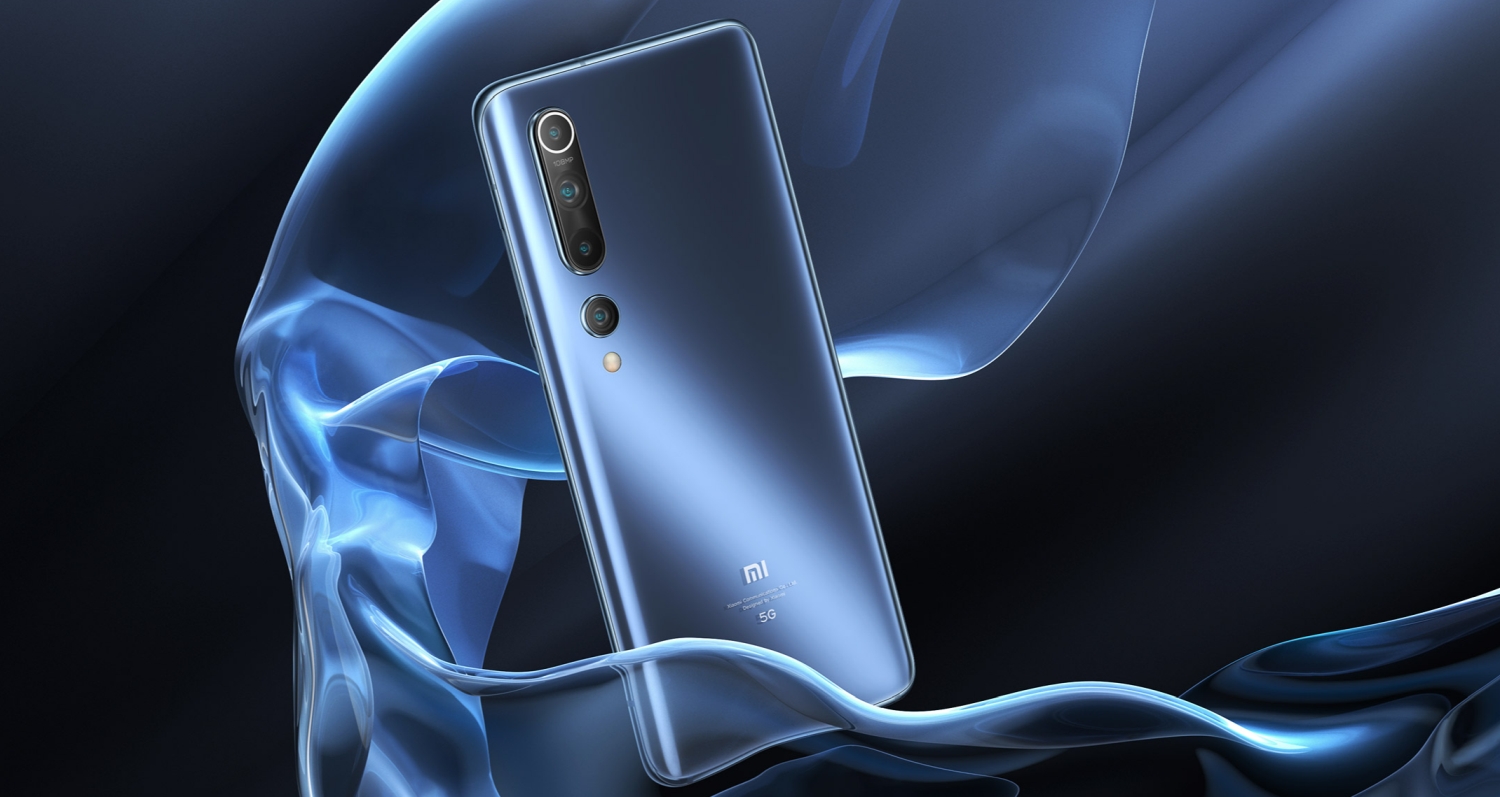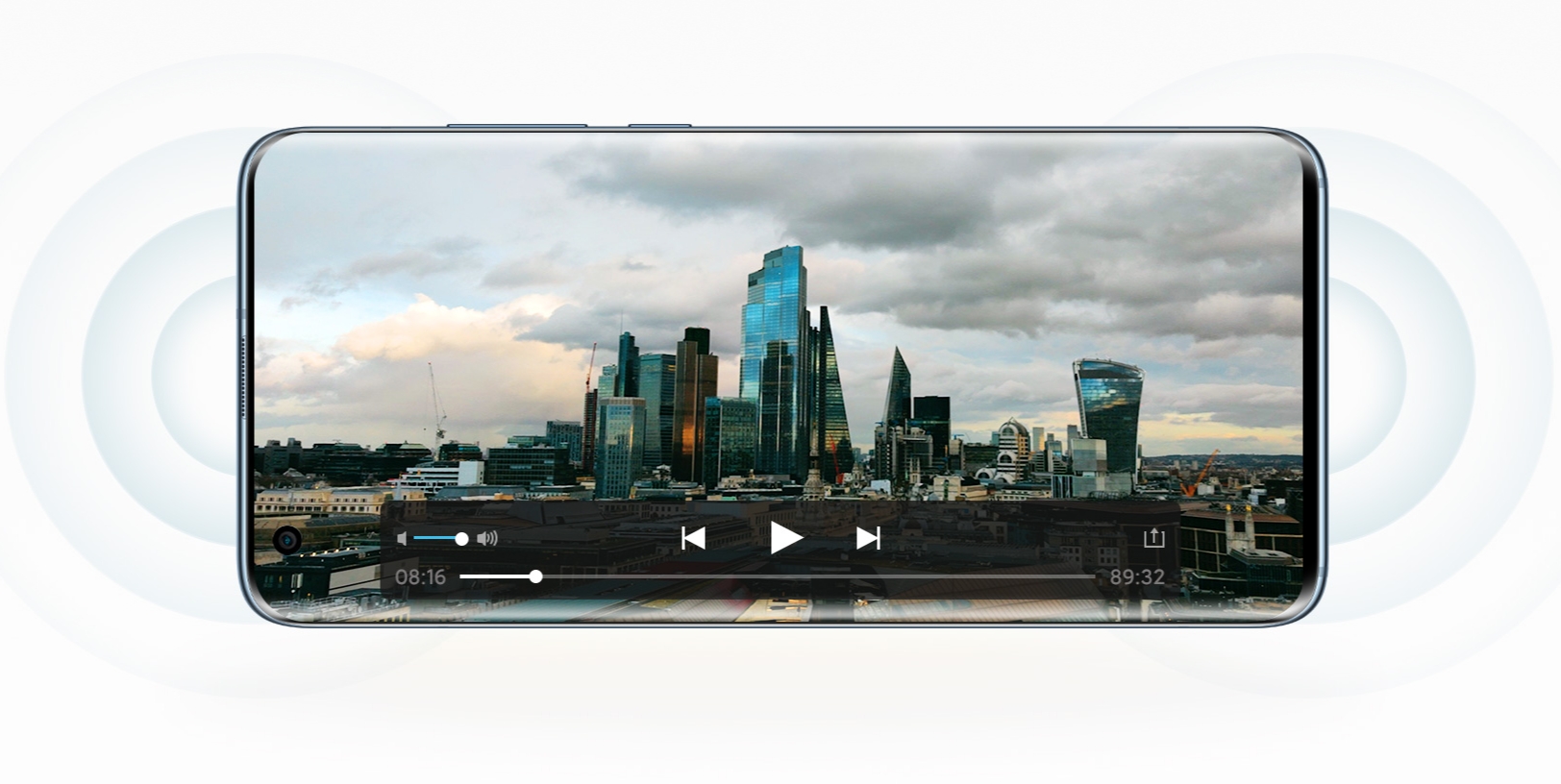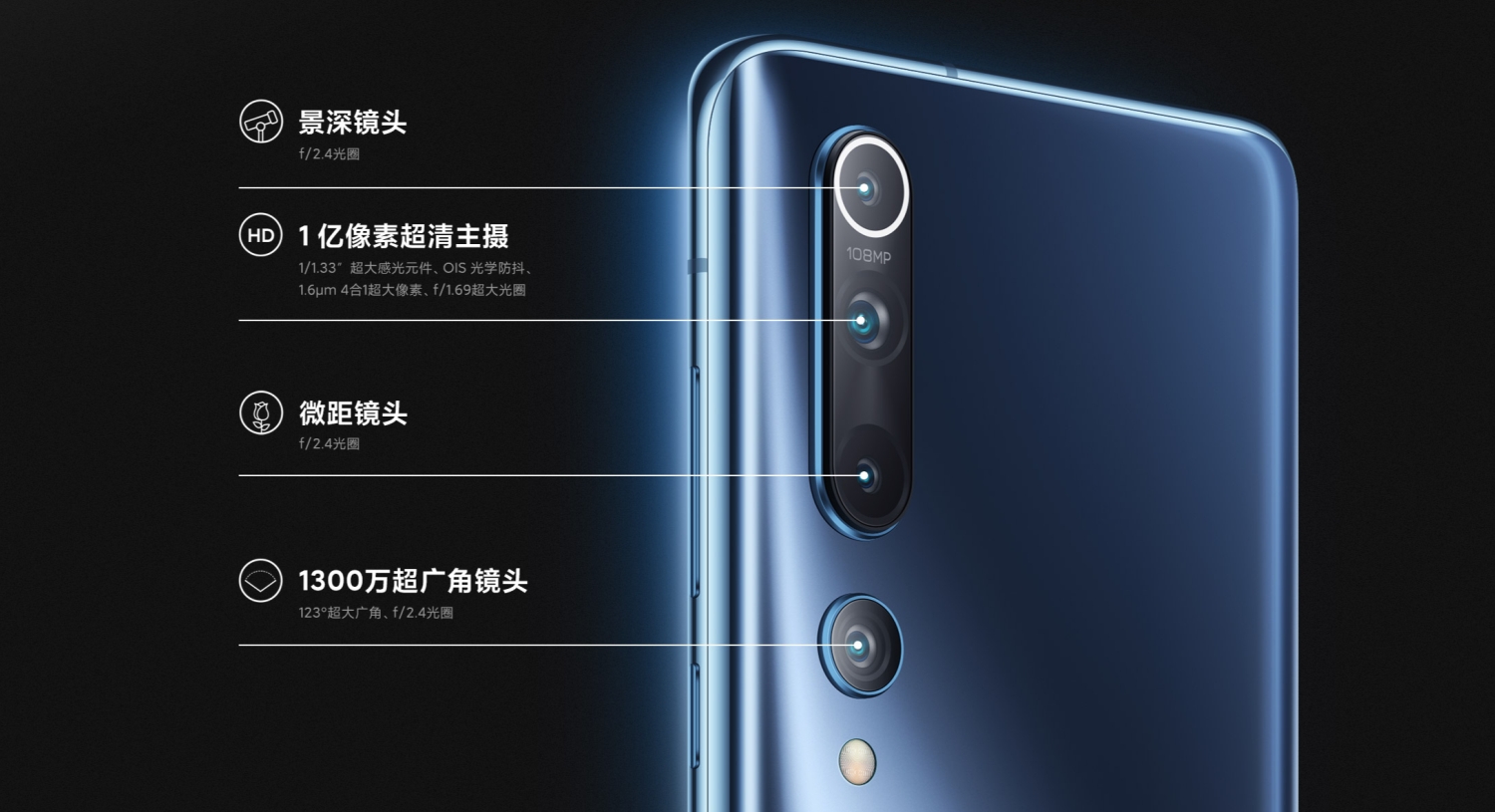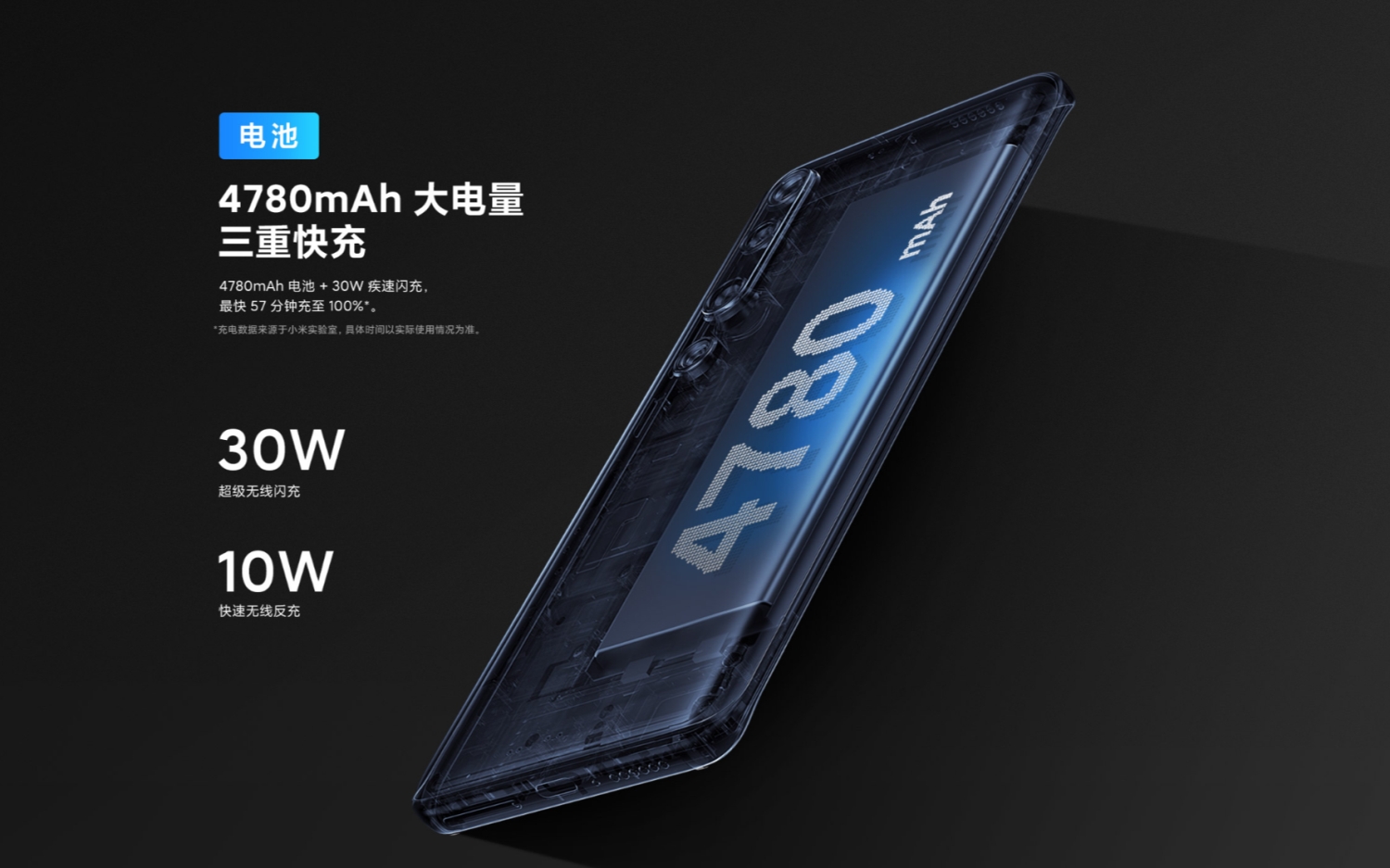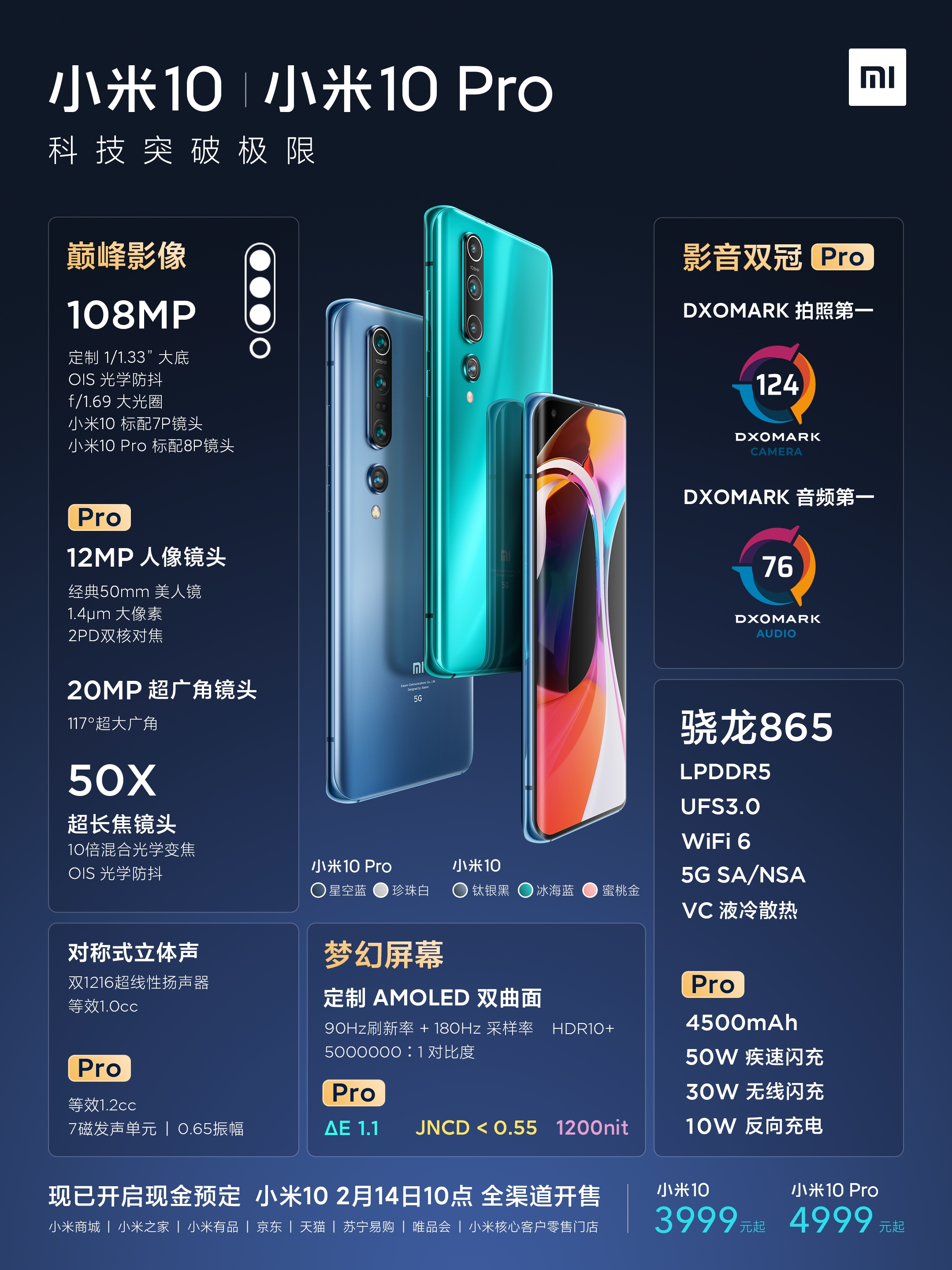The Xiaomi Mi 10 flagship series is finally official and it comes in two variants – the Mi 10 and the Mi 10 Pro. As you would expect for a 2020 flagship, it features a high-refresh-rate display and the latest Qualcomm Snapdragon 865 processor. Unlike the current Mi Note 10 series, there are significant differences between the two devices.
Mi 10 Pro
The Xiaomi Mi 10 Pro is their top-of-the-line offering that has a dual-curved 6.67″ AMOLED display that pushes a Full HD+ resolution of 2340×1080. It has a 90Hz refresh rate and it boasts an ultra-high contrast ratio of 5,000,000:1 with 100% DCI-P3 and sRGB gamut.
Under the hood, it has the latest 7nm Snapdragon 865 processor that can be configured with up to 12GB of LPDDR5 RAM and 512GB of UFS 3.0 storage. In the camera department, the Mi 10 Pro gets a quad-camera setup which is somewhat similar to the Mi Note 10 series.
The rear has a 108MP f/1.69 main camera with OIS, an 8MP f/2.0 telephoto lens with 10X hybrid zoom, a 12MP f/2.0 portrait lens with 2x optical zoom and a 20MP f/2.2 ultra-wide-angle shooter. The device can also record 8K videos at 30fps as well as 4K videos up to 60fps. For selfies, it gets a 20MP selfie camera that’s placed in a punch-hole on the top left corner of the display. According to DxoMark, this is the highest-rated smartphone with a score of 124.
In terms of connectivity, the Mi 10 Pro supports 5G in both SA and NSA mode. It also supports Bluetooth 5.1 and the latest WiFi 6 for faster wireless transfers.
Powering the device is a 4,500mAh battery that supports 50W fast charging. It also supports a fast 30W wireless charging as well as 10W reverse wireless charging. Interestingly, the Mi 10 Pro will be bundled with a higher 65W USB-PD charger which can be used to charge compatible laptops. According to Xiaomi, you can get 84% charge in just 30 minutes or a full charge in 45 minutes by wired charging.
Mi 10
For the standard Mi 10, it still gets a 6.67″ 90Hz AMOLED display, a Snapdragon 865 processor, a high-performance LPDDR5 RAM and UFS 3.0 storage. In terms of configuration, you can get between 8GB to 12GB of RAM with storage options of either 128GB or 256GB. The biggest difference is the camera setup.
Although it retains a 108MP main camera, it settles for a lower 13MP f/2.4 ultra-wide-angle shooter. Replacing the telephoto cameras are a 2MP macro camera and a 2MP depth sensor. However, it still supports 8K video recording at 30fps, while the front camera is still a 20MP shooter.
On the flip side, the battery for the standard Mi 10 is larger with a 4,780mAh capacity. However, it only supports 30W fast charging via USB-C. For extra convenience, the Mi 10 also supports 30W fast wireless charging. Like the Pro model, the Mi 10 also supports 5G in both SA and NSA.
Pricing
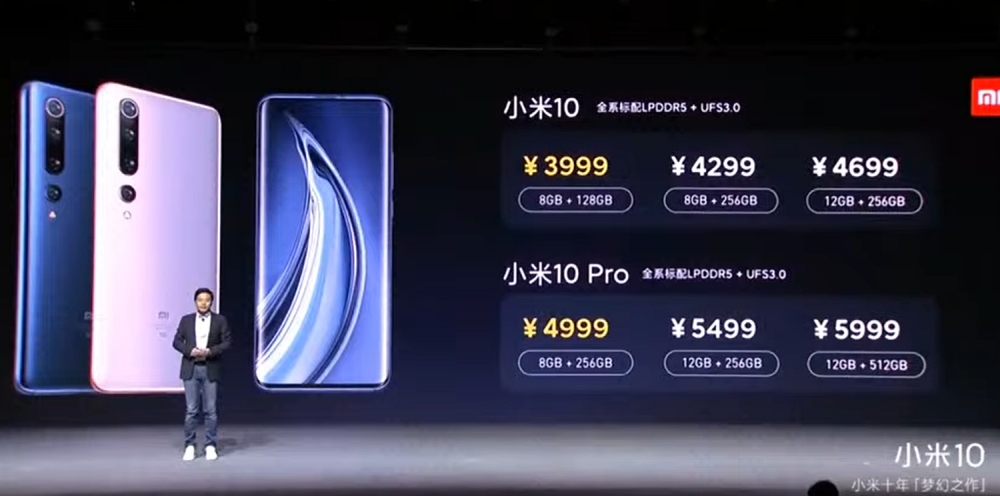
Below is the official pricing for the Mi 10 and Mi 10 Pro in China:
Mi 10
8GB RAM + 128GB storage – CNY 3,999 (about RM2,372)
8GB RAM + 256GB storage – CNY 4,299 (about RM2,549)
12GB RAM + 256GB storage – CNY 4,699 (about RM2,786)
Mi 10 Pro
8GB RAM + 256GB storage – CNY 4,999 (about RM2,964)
12GB RAM + 256GB storage – CNY5,499 (about RM3,261)
12GB RAM + 512GB storage – CNY5,999 (about RM3,557)
Overall, the pricing for the Mi 10 series is a huge jump over the current Mi 9 which are priced below RM2,000. However, it brings a lot of high-end upgrades such as the LPDDR5 RAM as well as UFS 3.0 storage.


